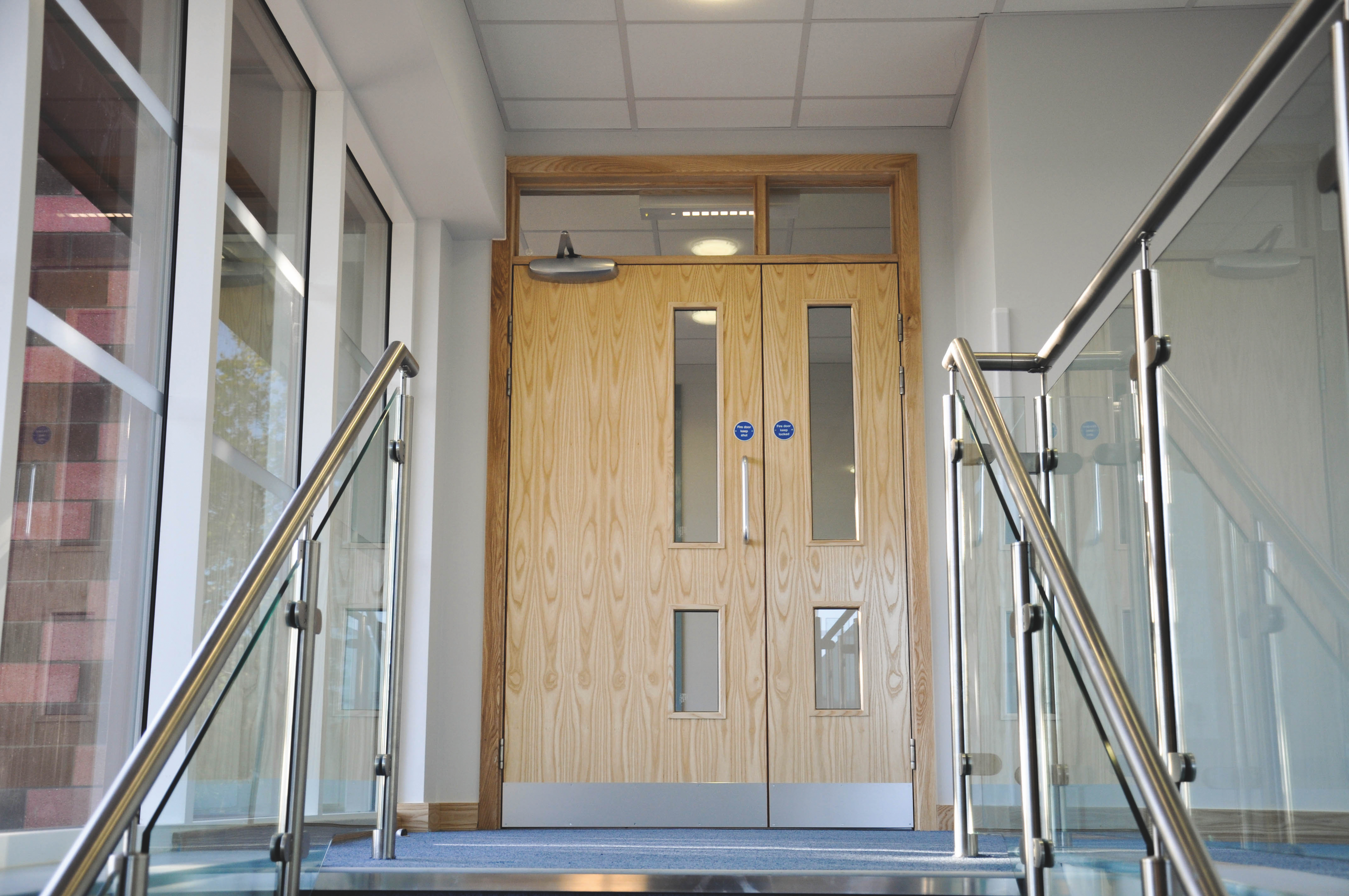What are Fire Doors?
A fire door is a door with a fire-resistant rating which is used in passive fire protection systems to prevent fire and smoke spread between compartment and ensure a safe building escape.
What Qualifies as a Fire Door?
A fire door should comply with the requirements of BS 8214 with test evidence complying with either BS 476 or BS 1634-1, which will support the minimal requirements that fire doors must have at least three CE marked/Grade 13 hinges with a melting point above 800 degrees Celsius. Gaps between the door and frame should be between 2-4mm and the fire doors should be fully self-closing, engaging the latch into the keep every time, essentially closing the door on the fire.
Why are Fire Doors Important?
Fire doors are crucial for containing fire and smoke within a compartment to prevent the spread and ultimately protect life and property. In 2020, there were 64,066 primary fire incidents in dwellings and other buildings, increasing to 66,251 incidents in 2023. Following new regulations in January 2023, building owners must enhance their doors to comply with current fire safety standards, many building owners are unaware that this falls under their responsibility.
Different Types of Fire Doors Triangle Offer
- FD30, Provides 30 minutes of fire resistance
- FD60, Provides 60 minutes of fire resistance
- FD90, Provides 90 minutes of fire resistance
- FD120, Provides 120 minutes of fire resistance
FD30 doors are the most recommended type by fire safety standards as they provide a high protection and slow down the spread on fire along a route through compartmentalization.

Fire Door Requirements
- Fire doors require intumescent seals to expand when exposed to heat, filling gaps between the door and frame to prevent smoke and fire spreading.
- The gap between the door and the frame should be between 2-4mm.
- Look for certification labelling, which confirms that the manufacturer belongs to an accredited and recognised third-party certification body. This indicates that the fire door has been produced in compliance with the safety standards listed above.
- Fire doors should undergo periodic inspection per England’s Government Guidelines, which recommend inspections every six months, and more frequent for high traffic areas.
Its important to ensure your installer holds a BM Trada Accreditation. The process of this accreditation determines the technical competence and integrity of companies offering these services. By choosing a UKAS accredited certification body, you know that the quality of service is of a consistently high standard. Triangle Fire Systems are proud to hold BM Trada Accreditation.
Earth Day, 2025
Blog 'Our Power, Our Planet' Earth Day is an annual event celebrated on April 22nd to demonstrate support to our environment. This year is the 55th anniversary of Earth Day, a day dedicated to raising awareness about environmental issues and promoting environmental...
Helena Dollimore, MP Visit
Blog On Thursday, March 6th, Triangle warmly welcomed Helena Dollimore, the MP for Hastings and Rother to our headquarters. Steve detailed it's origins with his brothers Colin and Nigel, emphasising the importance of family as the foundation of our growth. Now, 19...
Services
Residential Fire Sprinklers
Commercial Fire Sprinklers
Dry Risers
Wet Risers
Fire Stopping
Retrofit Sprinklers
Servicing & Maintenance

Contact us today to arrange a quotation.




